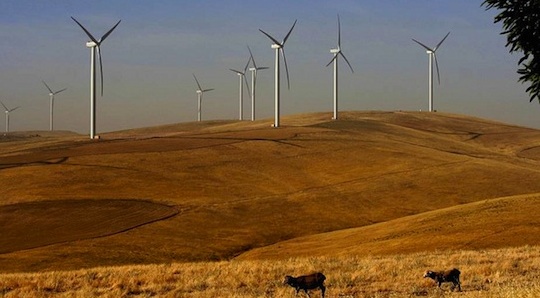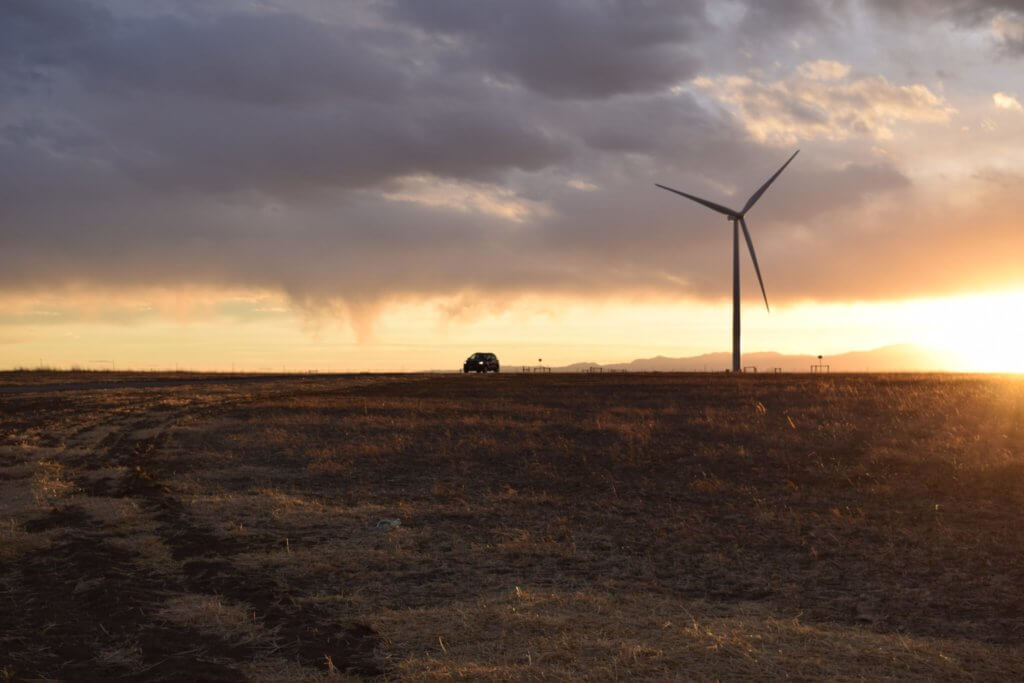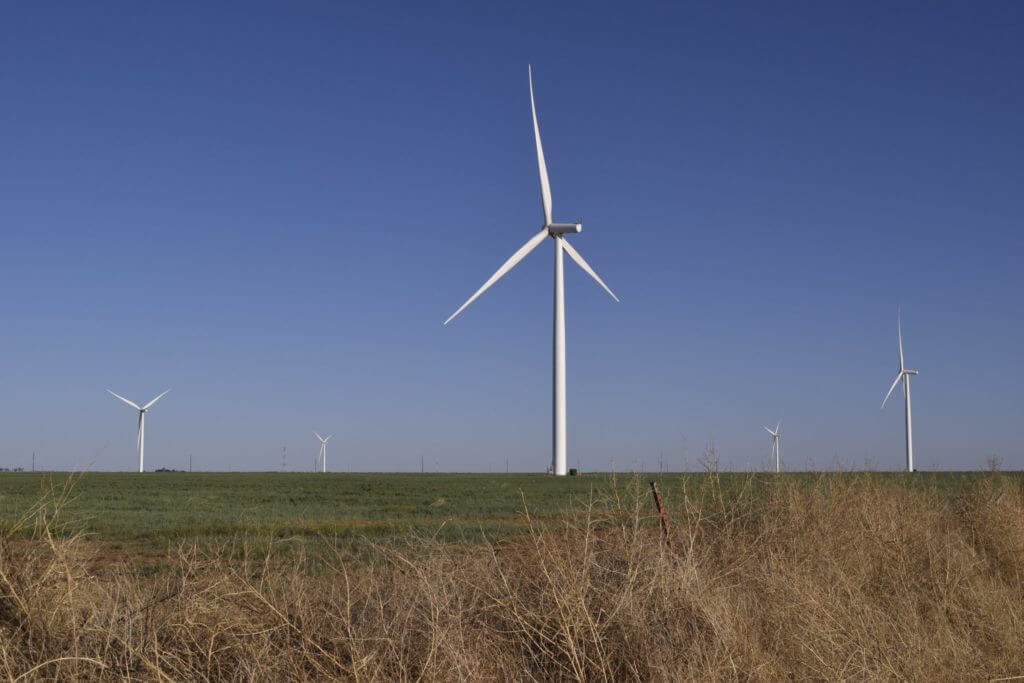Conservative states making waves in renewables
As wind energy’s costs have fallen precipitously over the last several years, a growing number of utilities in traditionally conservative states without Renewable Portfolio Standard requirements have made sizeable investments in clean energy. In numerous public statements, these utilities and their state regulators have explained that they are investing in wind because of the benefits it provides to their customers.

Thanks to more than 40% declines in the cost of wind energy over the last four years, utilities are locking in prices for 20+ year wind contracts at costs below that of any other energy source. Because wind energy has no fuel costs, it protects ratepayers from volatility in fuel prices, much like a fixed rate mortgage protects consumers from interest rate fluctuations. Utilities have also learned that large amounts of wind energy can be integrated reliably, that wind energy helps to diversity their energy portfolios, and that clean energy is overwhelmingly popular with their customers.
A prominent example is Atlanta-based Southern Company, which through its Georgia Power and Alabama Power subsidiaries now purchases a combined 654 megawatts of wind energy. Georgia Power has also launched its Advanced Solar Initiative, through which it is seeking more than 105 MW per year of new solar capacity in 2013 and 2014. For the Southeast, a region with few state RPSs and little environmental concern among its elected officials, Southern Company has emerged as a vanguard for progress.
A bit farther north in Virginia, Dominion Power was recently granted final approval of its bid to lease almost 113,000 acres of ocean floor off the coast of Virginia for wind power development, at a cost of $1.6 million.
In the conservative rural Midwest, MidAmerican Energy, which operates in Iowa, Illinois, South Dakota and Nebraska, has made a huge bet on wind energy, and it has paid off. With 1,267 turbines that generate almost 30 of the company’s entire portfolio, Iowa’s largest energy company has ensured that its nearly 734,000 customers stay at the forefront of the transformation of America’s energy landscape. This despite the fact that Nebraska lacks a state RPS and Iowa has long exceeded its RPS requirement.
When a planned expansion is completed, MidAmerican’s 1,715 turbines will provide 39% of the company’s electricity, an impressive feat for any U.S. utility. Wind energy’s long-term fixed-price stability and its role as a hedge against fuel price volatility makes it an ideal fit for the conservative investing principles of the managing director of MidAmerican’s holding company, Warren Buffett.
Similarly, the Omaha Public Power District in Nebraska, a public power utility whose decisions are based entirely on providing benefits to its customers, recently announced an agreement to purchase an additional 400 MW of wind energy, nearly doubling its wind energy capacity. Oklahoma Gas and Electric has made large investments in wind energy, and estimates that a single wind project is savings its customers $46 million. As a final example, Public Service Company of Oklahoma recently announced a large wind energy purchase, indicating that the purchase ended up being larger than expected thanks to wind energy’s low costs.
The Southeast and Midwest aren’t regions known for their enthusiasm for “going green” or fighting climate change. However, the two are famous for their pragmatism, their methodical approach to decision-making, and their keen eye for a good deal. If Southerners and Midwesterners see a bargain in wind energy, then something must be going right.
State legislatures and energy regulators in many states, including some controlled by conservative majorities, have led efforts to expand the use of wind energy and have strongly opposed fossil-fuel industry attempts to weaken state RPS requirements. Even in partisan DC, wind energy still enjoys strong support from Republican members who understand the consumer savings, jobs, and economic development that wind energy brings to their districts.
Forward-thinking utilities and states, seeing the inherent benefits in building a cleaner, lower cost, more balanced energy portfolio, are leading the charge for more wind energy.
Photo credit: David K. Clarke




